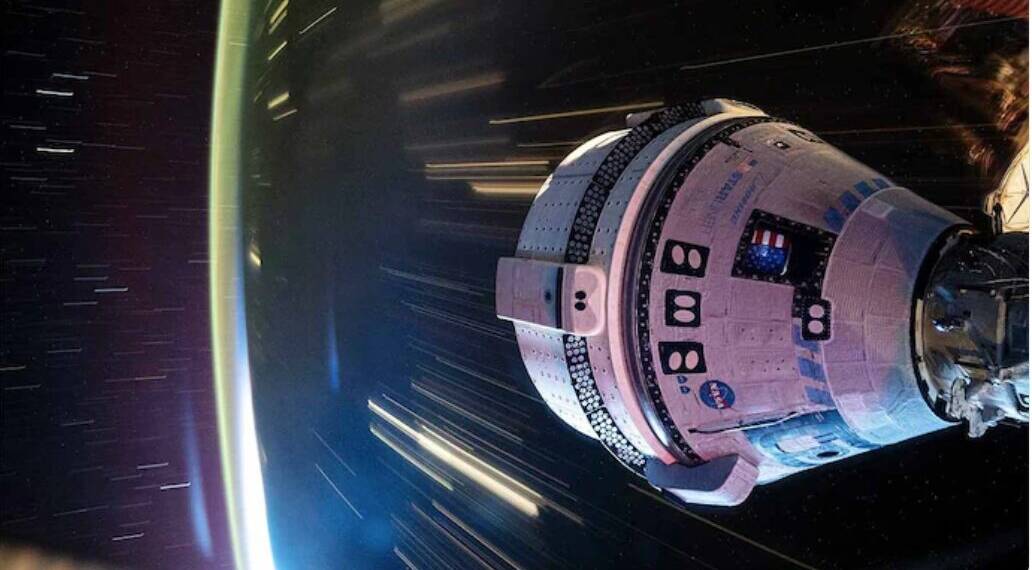NASA’s investigation into the unusual “sonar-like” noises reported by astronauts aboard the Starliner capsule is progressing, with new developments emerging as engineers and scientists work tirelessly to pinpoint the source of the mysterious sounds.
The issue first came to light on August 1, 2024, when astronauts Sunita Williams and Butch Wilmore, currently aboard the International Space Station (ISS), reported hearing a steady, pulsing noise from the malfunctioning Starliner. This noise was described as resembling a sonar ping, which prompted immediate concern from Mission Control.
As of today, NASA engineers have been analyzing audio recordings of the noise and examining data from the Starliner’s various systems. Preliminary findings suggest that the noise may be linked to the capsule’s environmental control and life support system (ECLSS), specifically a component responsible for regulating cabin pressure and temperature.
“Our initial analysis indicates that the noise could be associated with a malfunctioning valve or pump within the ECLSS,” said Dr. Emily Carter, lead engineer on the investigation team. “However, we need to conduct further tests to confirm this theory and determine the exact cause.”
In response to the reported issue, NASA has implemented several interim measures to ensure the safety of the astronauts and the integrity of the mission. The Starliner’s systems have been put on a diagnostic mode to monitor any anomalies in real-time, and additional sensors have been installed to capture more detailed data.
Astronauts Williams and Wilmore have been instructed to document any changes in the noise pattern and to perform routine checks on the capsule’s systems. Despite the inconvenience, the astronauts are reported to be in good spirits and are following protocols to ensure their safety.
Mission Control has reassured the public and the astronauts that there is no immediate danger. “Our top priority is the safety of the crew and the success of the mission,” said NASA spokesperson David Martinez. “We are working around the clock to resolve this issue and will provide updates as new information becomes available.”
The investigation is expected to continue for the next several weeks. NASA plans to conduct a series of tests, including simulations of the Starliner’s systems under various conditions, to better understand the source of the noise. The results of these tests will be crucial in determining whether the issue could affect the capsule’s performance or the astronauts’ safety.
In the meantime, NASA has emphasized that this incident is a reminder of the complexities and challenges involved in space missions. “Space travel is inherently risky, and every mission provides valuable data that helps us improve future designs and ensure crew safety,” Martinez added.
The mysterious noises have sparked considerable interest among space enthusiasts and experts alike. Many are closely following the investigation, eager to learn more about the potential implications for space travel and the Starliner program.
Experts are keeping a close watch on the situation, with some speculating that the issue might be related to known problems with similar spacecraft systems. However, until more concrete findings are available, all theories remain speculative.








